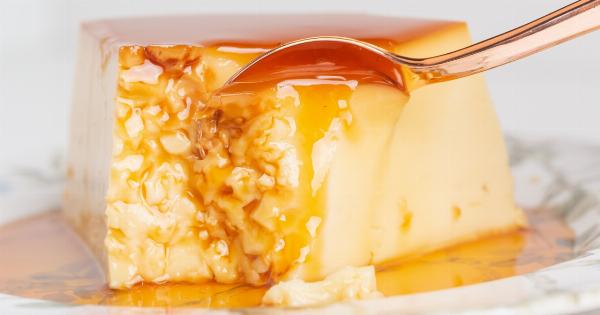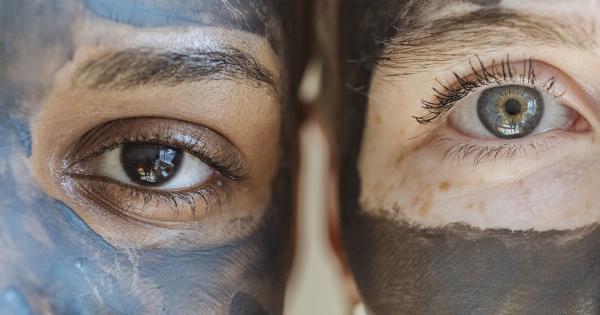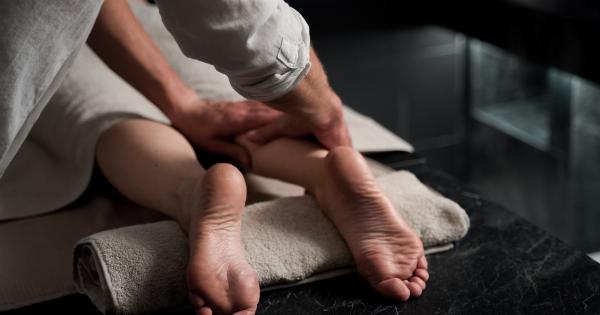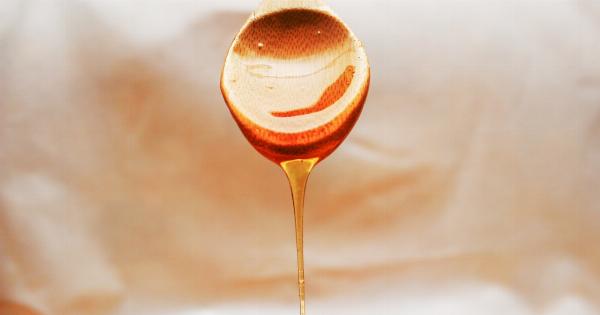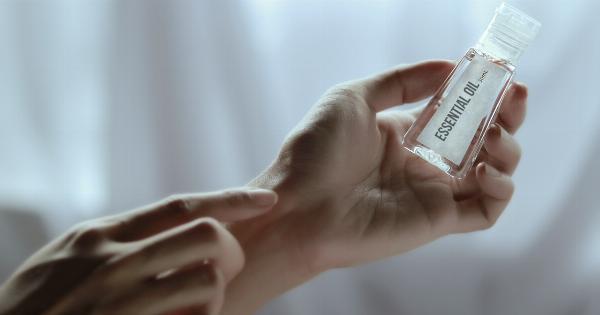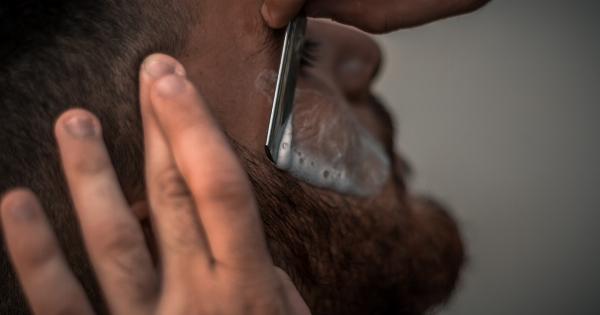When we think of honey, we often envision a sweet and sticky substance that adds flavor to our tea or serves as a natural sweetener. However, honey is much more than just a delicious treat.
It has been used for centuries for its medicinal properties and is even known to have antimicrobial effects. In fact, honey can be considered as a natural weapon against bacteria.
The Science Behind Honey’s Antibacterial Properties
Honey contains various components that contribute to its antimicrobial effects. One of the key attributes is its low water content, typically around 17%.
This low moisture level inhibits the growth of bacteria and other microorganisms, as they require a watery environment to survive and multiply.
Moreover, honey possesses a high sugar content, mainly in the form of glucose and fructose. These sugars create a hypertonic environment, which means that the concentration of solute particles is higher outside the bacteria than inside.
As a result, water is drawn out of the bacteria through osmosis, dehydrating and eventually killing them.
Additionally, honey contains enzymes such as glucose oxidase. When honey comes into contact with wound exudate or body fluids, glucose oxidase converts glucose into hydrogen peroxide, a potent antimicrobial agent.
However, honey’s acidity and the presence of catalase in body fluids can break down hydrogen peroxide into oxygen and water, preventing potential harm to healthy tissue.
The Different Types of Honey and Their Antibacterial Effectiveness
Not all honey is created equal in terms of antibacterial properties. The effectiveness of honey depends on its floral source. Some types of honey show more significant antimicrobial activity than others. Here are a few notable ones:.
Manuka Honey
Manuka honey, produced mainly in New Zealand, is renowned for its exceptional antibacterial properties. It comes from bees that pollinate the flowers of the manuka bush (Leptospermum scoparium).
Manuka honey contains a unique compound called methylglyoxal (MGO), which is responsible for its potent antimicrobial activity. MGO exhibits broad-spectrum antimicrobial effects against various bacteria, including those resistant to antibiotics.
Manuka versus Antibiotics
One of the most remarkable aspects of manuka honey is its ability to combat antibiotic-resistant bacteria, such as methicillin-resistant Staphylococcus aureus (MRSA).
MRSA is notorious for causing difficult-to-treat infections due to its resistance to commonly used antibiotics. However, studies have shown that manuka honey can effectively inhibit the growth of MRSA and even disrupt its biofilm formation.
Other Honey Varieties
Although manuka honey stands out in terms of antimicrobial potency, other honey types also possess some level of antibacterial activity.
For instance, buckwheat honey, clover honey, and Eucalyptus honey have exhibited antimicrobial effects against various bacteria, including Escherichia coli and Streptococcus pyogenes.
The Use of Honey in Wound Care
Due to its antimicrobial and wound-healing properties, honey has long been used for the treatment of various wounds, including burns, ulcers, and surgical wounds.
The application of honey on wounds can help prevent infection, promote tissue regeneration, and reduce healing time.
Honey’s effectiveness in wound care is not limited to its antimicrobial action. The hyperosmolarity of honey helps create an environment in which bacteria cannot thrive.
Additionally, honey is hygroscopic, meaning it absorbs moisture from the wound, keeping it clean and free from excessive exudate.
Furthermore, honey has been shown to accelerate the healing process by stimulating the growth of new blood vessels (angiogenesis) and promoting the migration of fibroblasts, the cells responsible for collagen production and wound closure.
It also contains antioxidants that help reduce inflammation and oxidative stress, contributing to improved wound healing outcomes.
Topical Applications and Precautions
When using honey for wound care, it is essential to choose the right type of honey. Medical-grade honey, specifically produced and sterilized for medical purposes, is recommended.
These products undergo stringent quality control measures to ensure their safety and efficacy.
Topical application of honey on wounds can typically be done by directly applying it or in the form of dressings impregnated with honey. These dressings allow for better honey retention and sustained release of its antimicrobial components over time.
However, it is important to note that honey should not be used on wounds with excessive exudate or on individuals allergic to honey, bee stings, or pollen.
In such cases, consulting a healthcare professional is essential to determine the most suitable course of treatment.
The Future of Honey as an Antibacterial Agent
As concerns over antibiotic resistance continue to rise, exploring alternative sources for combating bacterial infections becomes crucial.
Honey, with its broad-spectrum antimicrobial activity and ability to target antibiotic-resistant bacteria, holds great promise.
Researchers are actively studying the mechanisms behind honey’s effectiveness and exploring ways to harness its antibacterial properties for medical applications.
Further studies are needed to better understand the optimal use of honey in different clinical scenarios and to develop standardized guidelines for its application.
Honey’s potential as a natural weapon against bacteria not only offers an alternative approach to fighting infections but also highlights the importance of exploring the vast healing potential found in nature.

